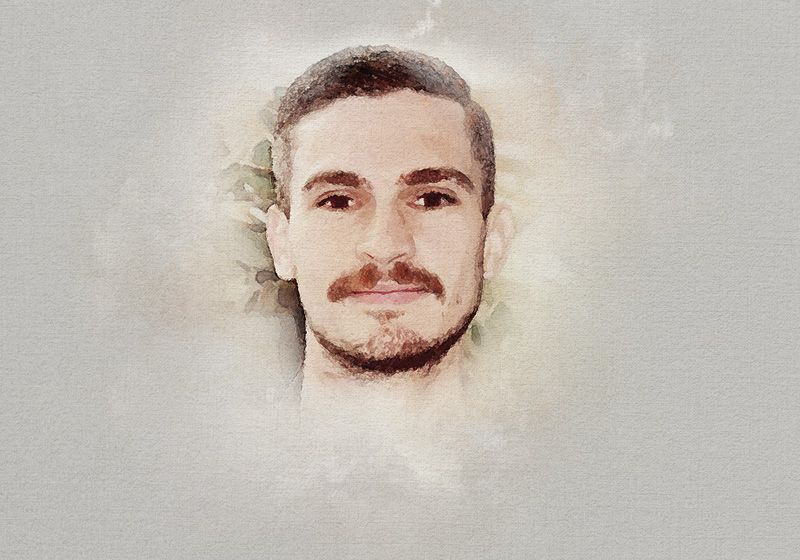Combining genetics, engineering, and environmental science, this postdoc develops cleaner ways to power vehicles and feed livestock.
Q | Write a brief introduction to yourself including the lab you work in and your research background.
My name is Samuel Chagas, and I’m an environmental engineer working in the Smith Lab at the University of Wisconsin-Madison. We study the plant cell wall and lignin biosynthesis using genetic approaches. Our main goal is to develop more digestible biomass for biofuels, bioproducts, and dairy sustainability.
Q | How did you first get interested in science and/or your field of research?
I was always curious about science and how nature works. The complexity of nature and the fine adjustment that makes life possible on our planet have amazed me since high school. At that time, I was really into chemistry and biology, and combining those interests with engineering made me choose my bachelor’s in environmental engineering.
During my graduation, climate change and biofuels were new topics, and I was interested in how plants could be converted to be used for fuels instead of fossil fuels. Right after, during my master’s and PhD, I dove into biofuel production and genetic approaches for biomass improvement, aiming to increase the digestibility of biomass.
The ability to alter plant genetics amazed me once again—it opened up a new world of possibilities for improving lives and protecting the planet.
Q | Tell us about your favorite research project you’re working on.
Currently, I’m working on projects focused on improving the digestibility of biomass to produce biofuels, bioproducts, and to enhance dairy sustainability. We select genes to increase or decrease their activity, aiming to change the cell wall composition. Accessing the resources available in the plant cell wall is not an easy task. So, we use genetic modification to make biomass more accessible for industrial conversion into valuable compounds, such as sugars for biofuel production and other high-value chemicals.
The main hypothesis is that if we change the composition of lignin—a barrier to access the sugars—making it more soluble, or easy to remove, we can decrease the amount of energy required during the industrial process. Reducing the energy consumption could improve the efficiency of biofuels production, that can be used in cars and airplanes.
For dairy sustainability, the idea is similar, but with a different goal: improving digestibility can reduce gas emissions, and increase productivity, well-being, and health of the animals, with more digestible feedstocks for animal consumption.
Q | What do you find most exciting about your research project?
The most exciting thing is discovering new ways to improve our lives. I think that the big dream of most scientists is to see their research being used to help our society grow. We are always looking for scientific questions that need answers but also seek problems that we have to solve urgently. I’m also very excited that I have opportunities to collaborate with other scientists in different areas. For example, currently, working with people in animal science is exciting because I have the chance to see a completely different research topic and experiments that could be useful for my projects, and we can work together to find the answers we are looking for.
Are you a researcher who would like to be featured in the “Postdoc Portraits” series? Send in your application here.

